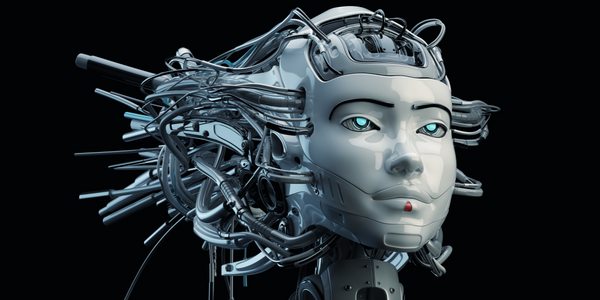
- Robots - Robot Application & Programming Software
- Equipment & Machinery
- Field Services
- Autonomous Robots
The company manufactures marina products through robot milling but observed important errors in the surface quality of their machined parts. It uses an ABB IRB 6640-130/3.2 robot, which has 130 kg payload, 3.2 m reach, 0.050 mm repeatability, and was not factory calibrated. On top of that, the robot is placed on a linear track, which introduces yet another source of errors.
The robot calibration solution was delivered using RoboDK. The software tool for robot simulation and off-line programming (OLP). This simulation and OLP platform is highly versatile and can deploy the calibration methods developed in our lab. It currently supports more than 200 robots from 10 different manufacturers. The robot calibration can be performed in 4 steps: 1. Reference frame calibration (6 measurements) 2. Tool calibration (7 measurements) 3. Robot calibration (50-80 measurements) 4. Validation (optional, as many measurements as desired) The measurement acquisition is fully automated by RoboDK and the calibration can be performed in less than an hour using the C-Track or a FARO laser tracker. The C-Track is a photogrammetry-based optical CMM developed by Creaform. It is a bit less accurate than a laser tracker (volumetric accuracy is 0.065 mm) and has a smaller measurement volume, but is way more compact and less than half the price of a laser tracker. Furthermore, it can measure the pose of the robot’s end-effector (not just the position) and (if properly used) is not influenced by vibrations or air currents.

Case Study missing?
Start adding your own!
Register with your work email and create a new case study profile for your business.
Related Case Studies.












